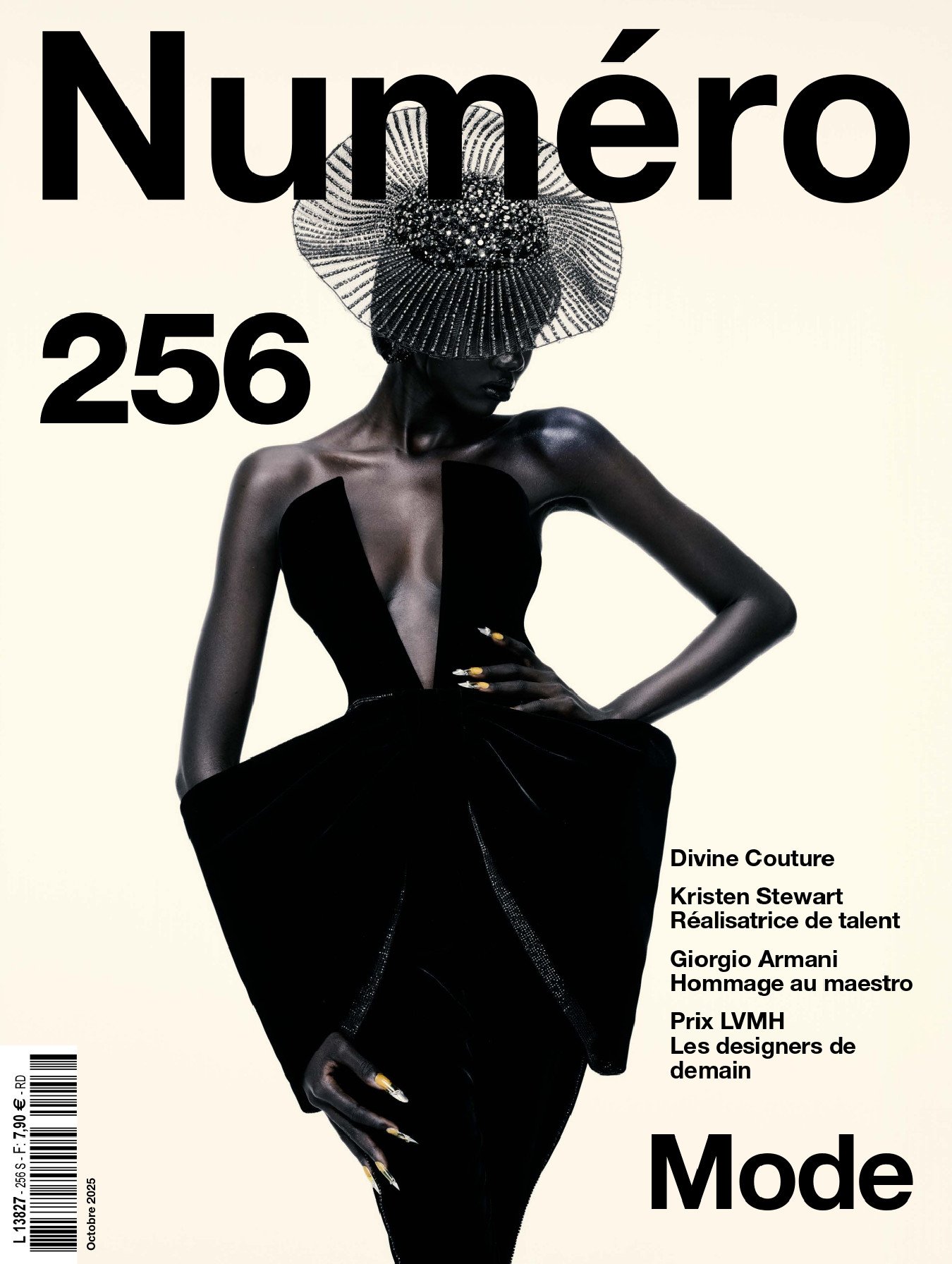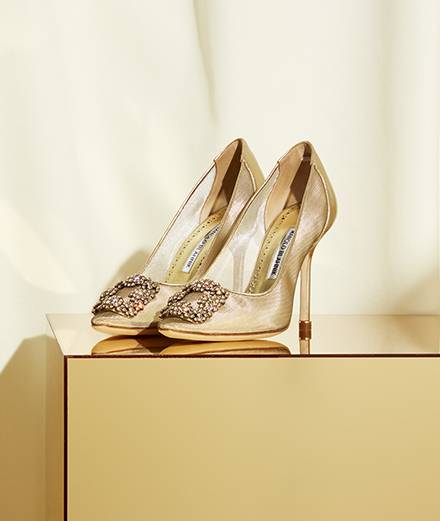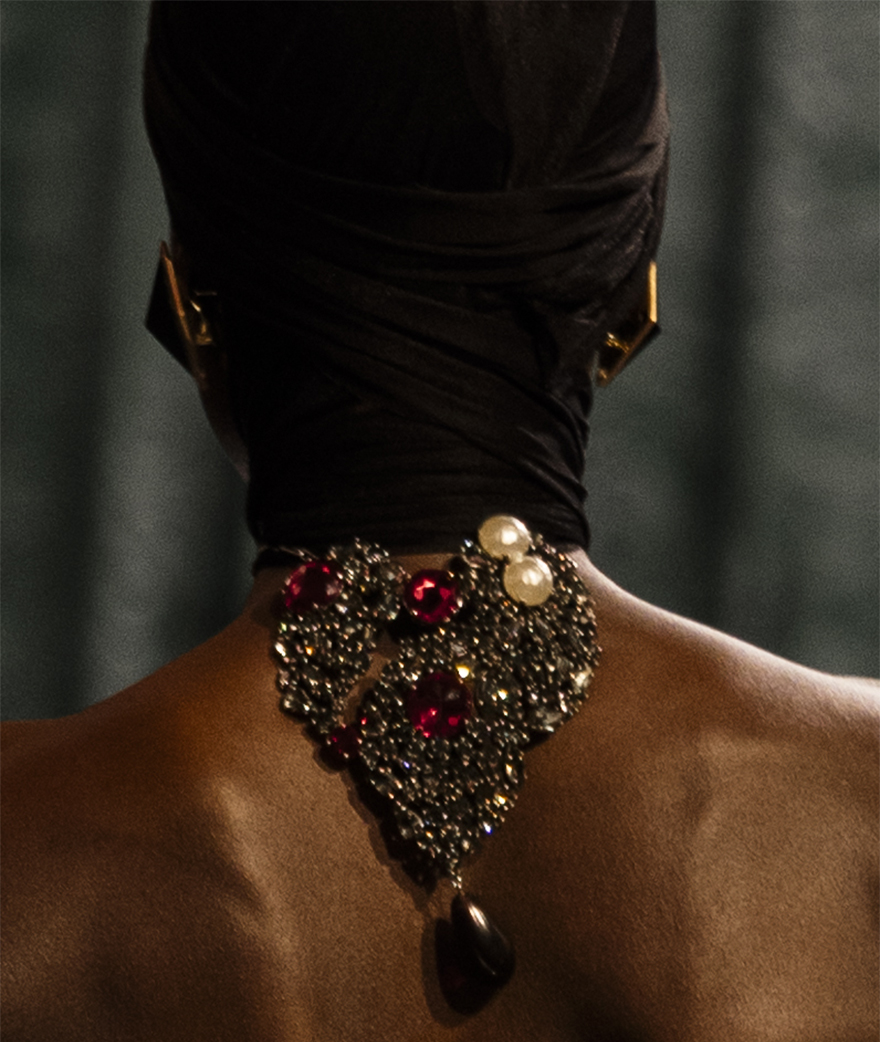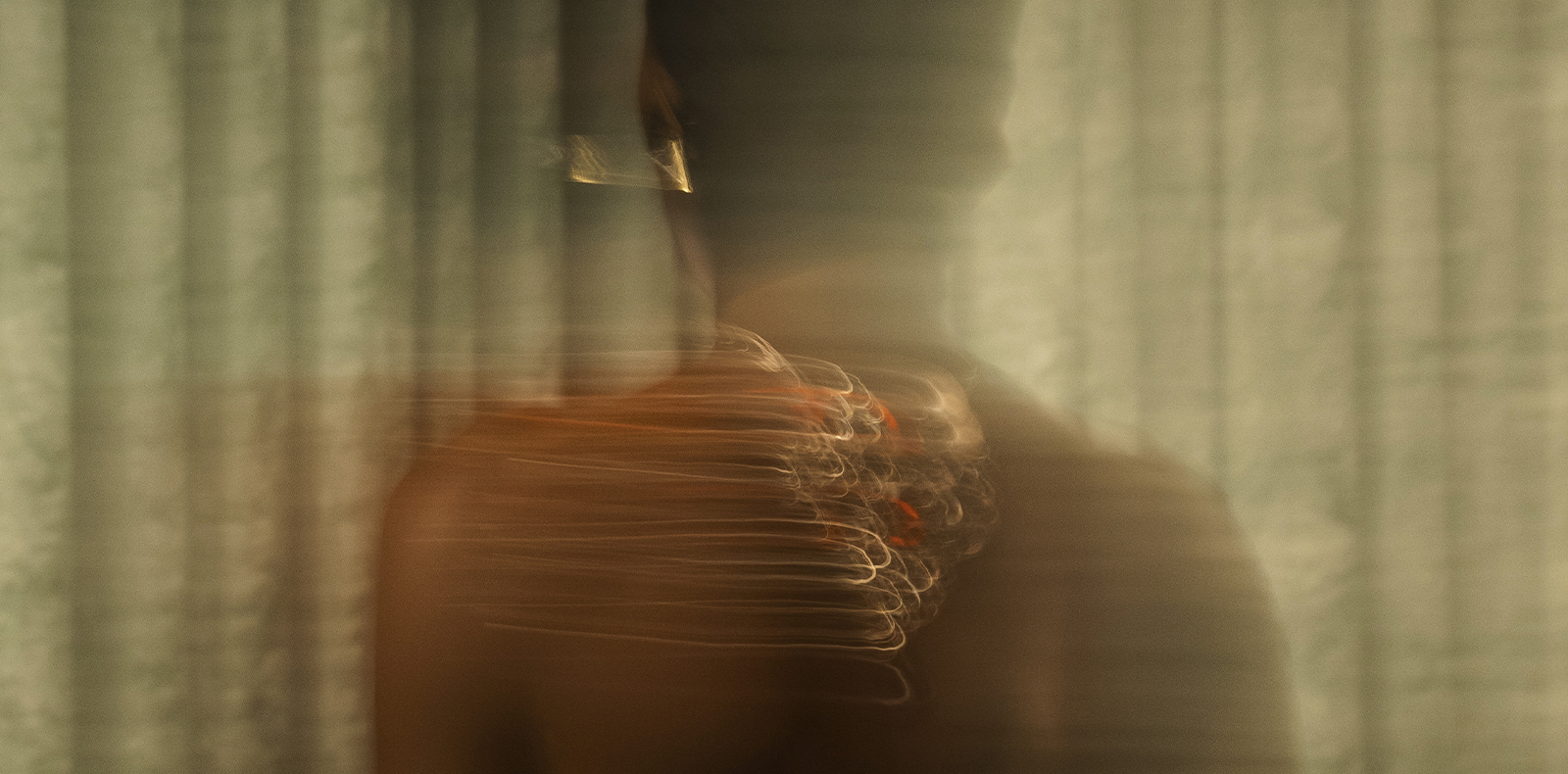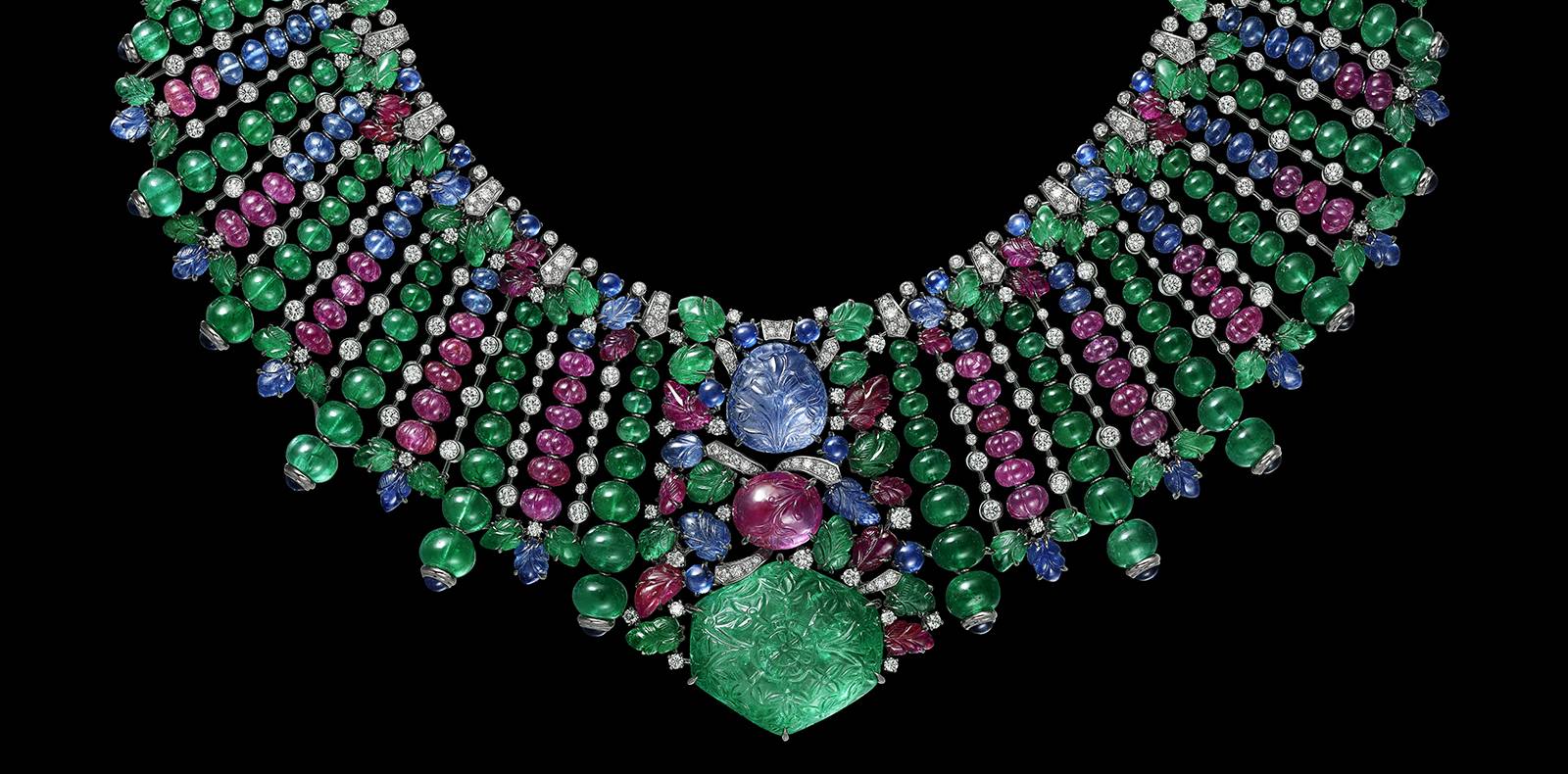
11
Cartier celebrates the richness of Islamic arts at the Musée des Arts Décoratifs
At the Musée des Arts Décoratifs, a masterful exhibition aims to divulge the influences of Islamic art on the creations of the Cartier house. An exceptional corpus of pieces and works will be presented.
Published on 11 October 2021. Updated on 31 May 2024.
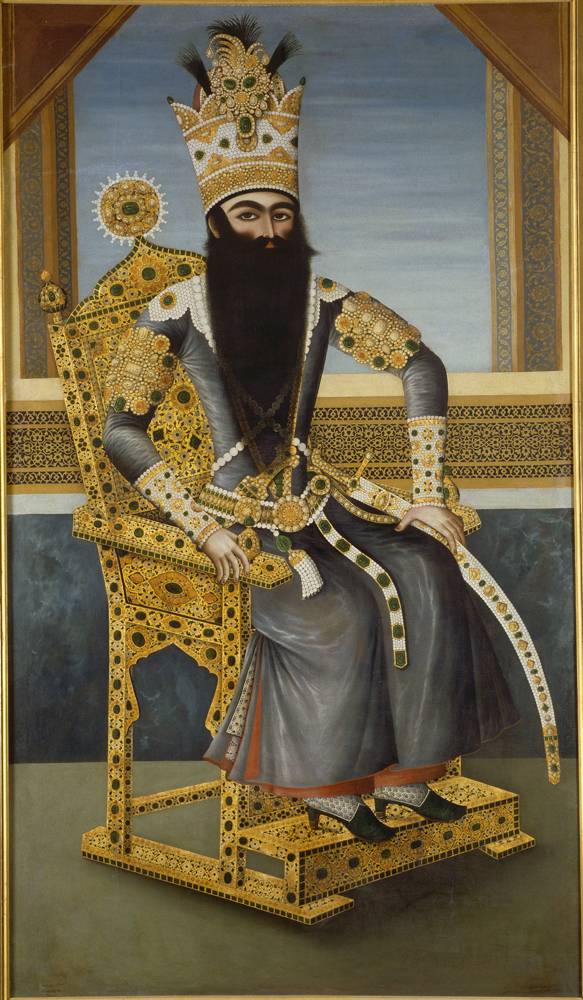
Associations of similar colors, such as blue and green, or the famous Tutti Frutti style – a line of jewelry whose colored stones are cut in the shape of plants and flowers – are now iconic of Cartier high jewelry. Their origin is rooted in the first half of the twentieth century. Jacques and Louis Cartier, then Jeanne Toussaint, then blew a wind from India on the creations. Much more than a simple taste for exoticism, the stylistic inspirations from Islamic art allowed the house to revolutionize its relationship with shapes and colors, and to assert itself as a true pioneer.
At the Musée des Arts Décoratifs, the exhibition “Cartier and the Arts of Islam – The Sources of Modernity” traces the origins of pieces of fabulous beauty, the result of a fruitful collaboration with the Louvre Museum (and its extraordinary department of Islamic art) and the Dallas Museum of Art. A dazzling corpus of more than five hundred objects and jewellery from the Maison Cartier, masterpieces of Islamic art, drawings, books, photographs and archival documents, is presented to visitors to the exhibition.
The new stylistic repertoire of the Cartier workshops drew its source in particular from the numerous works brought back by Louis Cartier, as well as in his collection of Islamic art. From 1911, Jacques Cartier returned from his travels in India – where he went to meet the maharajahs – with antique and contemporary jewellery. “In addition to the addition of ornamental motifs, Indian jewellery leads to a change in the very structure of the jewellery,” explains one of the curators of the exhibition, Judith Henon-Raynaud, heritage curator and deputy director of the Department of Jewellery. Islamic Arts of the Louvre Museum. From the 1920s onwards, pieces bought in Iran, India or North Africa were dismantled and recomposed into new creations. “A photo of Horst that appeared in Vogue in 1935, shows a set made for Elsa Schiaparelli and worn with her sari dress,” continues another curator, Evelyne Possémé, chief curator of the department of ancient and modern jewelry at the Museum of Decorative Arts in Paris. “The jewel is Indian style, but credited to Cartier. By comparing it with the archives of the house, we were able to deduce that it was made from a belt sold by the Aga Khan, which was dismantled. Bracelets made from this same belt are featured in the exhibition.“From the 60s, the Berber influence inspired necklaces-breastplates like fishnets that were placed on the chest.
The Islamic influence also sows a new palette and unexpected chromatic associations in its wake. The blues and greens of lapis lazuli, turquoise and jade predominated in the Louis Cartier era, before being added in 1933, under the artistic direction of Jeanne Toussaint, to the mauve of amethysts. The stones cut in the shape of flowers and leaves, which adorn Indian goldsmiths’ pieces, were used in new, very innovative multicolored creations that were very successful and would only take their name of Tutti Frutti much later. Inviting you on a fascinating journey through Cartier’s creative process (notably through the drawings of Charles Jacqueau, one of the house’s main designers), the exhibition encourages a precise discovery or rediscovery of Islamic art, far from orientalizing clichés.
